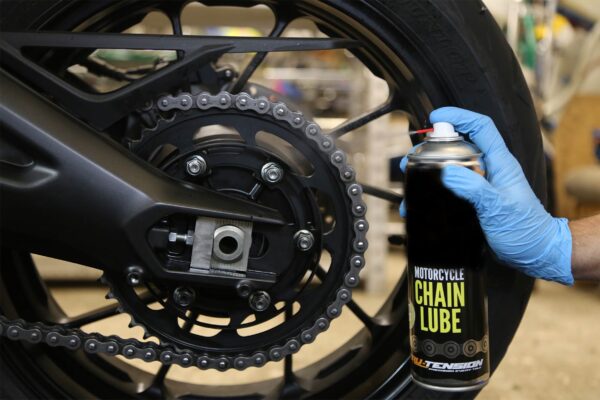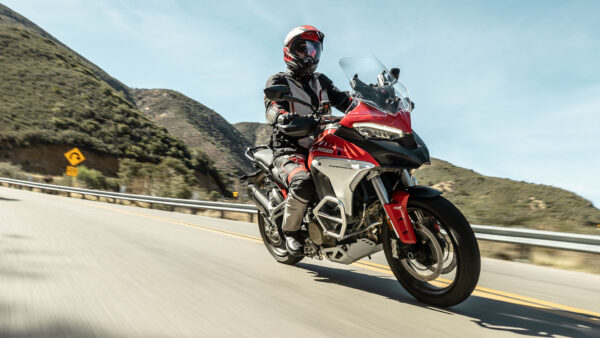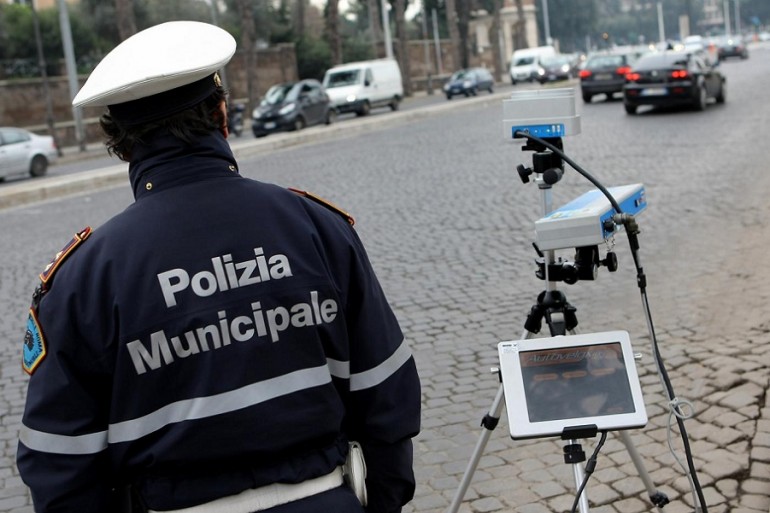
Understanding the Different Types of Speed Cameras in Italy
Italy is famous for its scenic drives, winding roads, and a culture that celebrates the art of motoring. However, while enjoying the beauty of the Italian landscape on one of our Ducatis, BMW’s or Moto Guzzi, it’s crucial to stay aware of speed limits, as the country has a well-developed system of speed cameras to enforce traffic regulations. These cameras are varied and serve different purposes, from curbing excessive speeding to monitoring specific stretches of road. In this article, we’ll explore the various types of speed cameras in Italy and how they work.
1. Autovelox
The most common type of speed camera in Italy is the Autovelox. These fixed cameras are typically mounted on poles or signs along highways and main roads. They can operate both during the day and at night, using radar technology to measure the speed of passing vehicles. If a vehicle exceeds the speed limit, the Autovelox captures a photograph of the car, including the license plate, which is then used to issue a fine.
Key Features:
- Operates 24/7.
- Often found on straight roads and highways.
- Can be visible or hidden.
- Provides photographic evidence for fines.
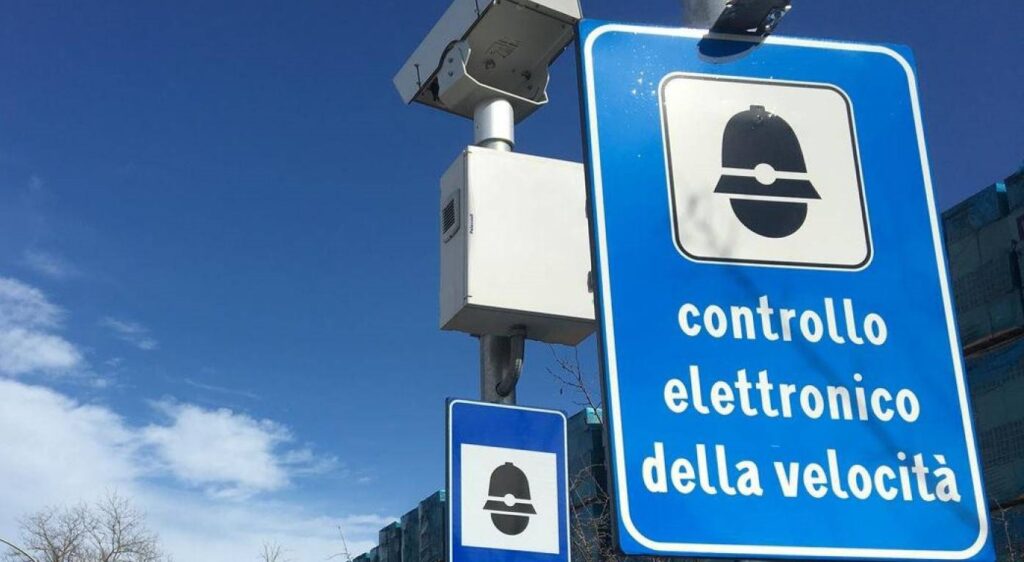
Different types of Speed Cameras (Autovelox):
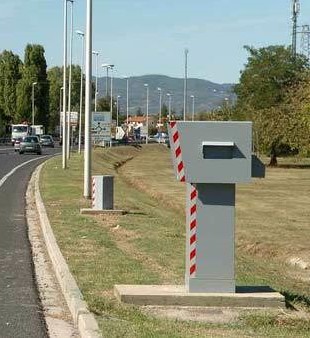
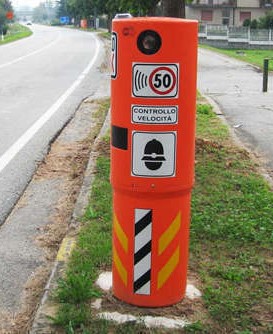
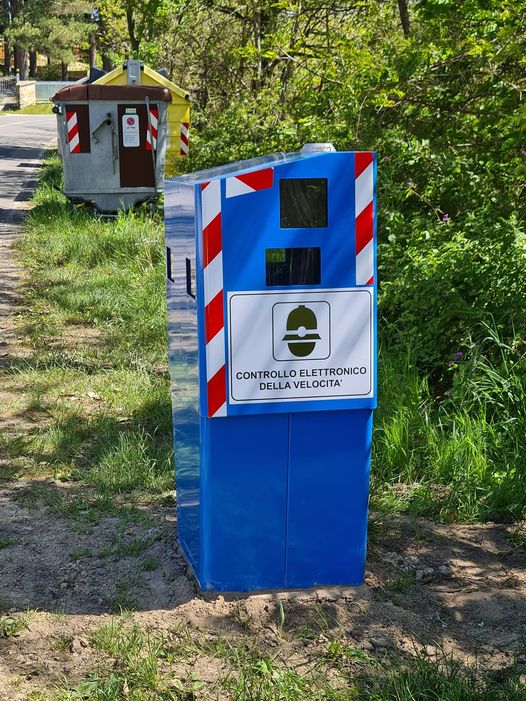
2. Tutor System
The Tutor system is a sophisticated speed enforcement mechanism used mainly on motorways. Unlike Autovelox, which measures speed at a single point, the Tutor system calculates the average speed of a vehicle over a stretch of road. It uses cameras placed at the beginning and end of a monitored section, often several kilometers apart. This system ensures that drivers maintain a consistent speed and don’t just slow down at the camera locations.
Key Features:
- Monitors average speed over a distance.
- Highly effective in reducing overall speeding.
- Commonly found on major highways.
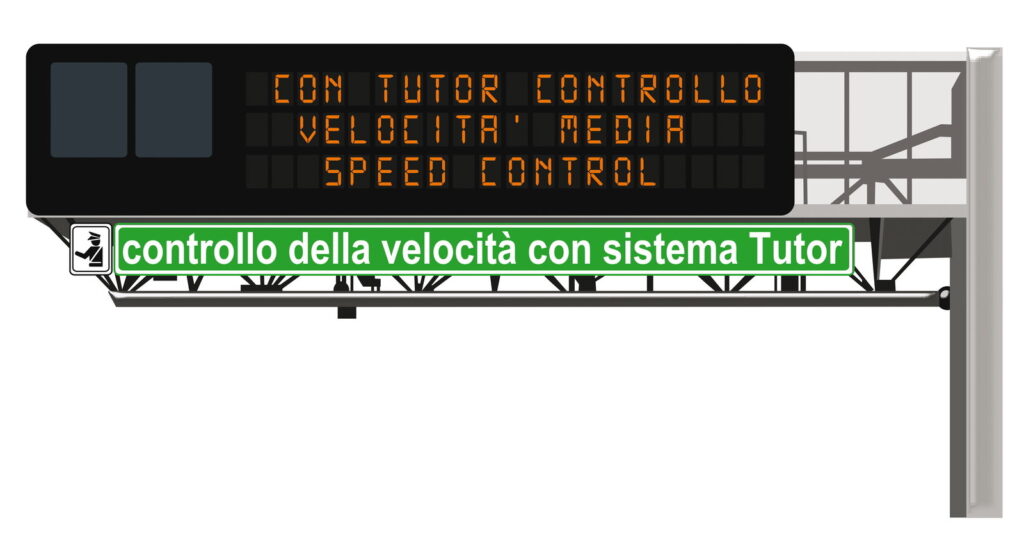
3. Vergilius System
The Vergilius system is similar to the Tutor but is specifically designed for extra-urban roads, such as those connecting cities and towns. It uses multiple cameras to measure both spot speed and average speed across different segments of the road. This system is particularly effective in areas with fluctuating speed limits and varied road conditions.
Key Features:
- Used on extra-urban roads.
- Combines spot speed and average speed measurement.
- Helps in managing traffic flow on busy routes.
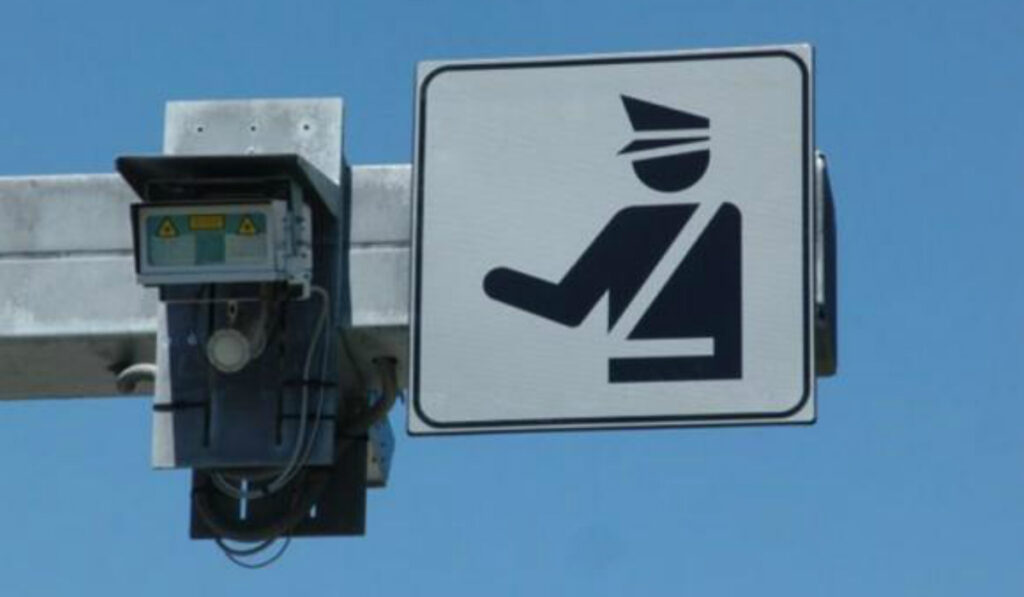
4. Traffiphot
The Traffiphot system is a type of red-light camera combined with speed detection. Installed at intersections, it captures both speeding and red-light violations. If a vehicle crosses an intersection at a speed higher than the allowed limit or runs a red light, the Traffiphot camera takes a photo and issues a fine.
Key Features:
- Monitors speed and red-light violations.
- Installed at major intersections.
- Contributes to reducing accidents in urban areas.
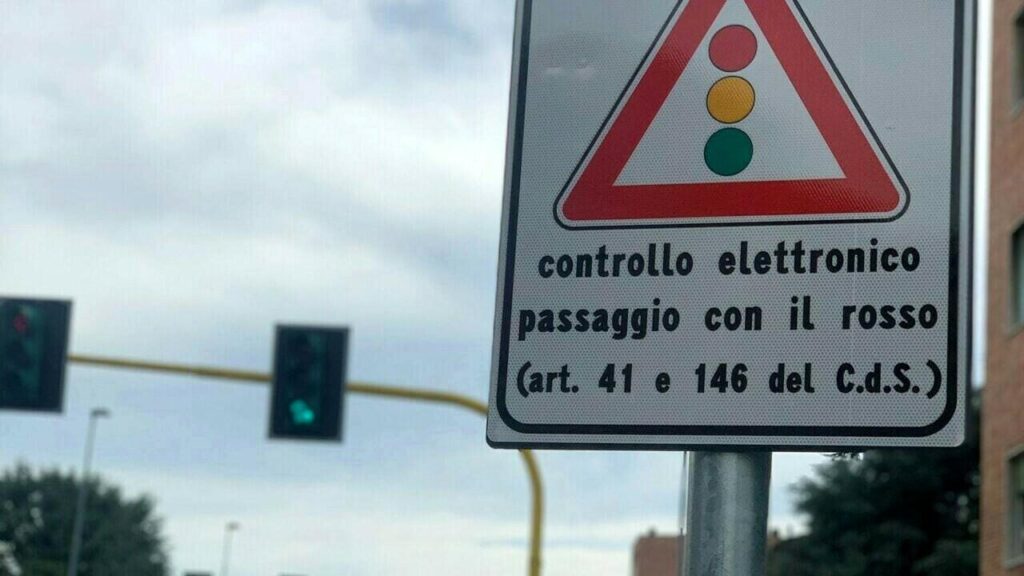
Additional Tips for Safe Driving in Italy
When driving in Italy, particularly in cities and towns, it’s essential to be extra vigilant. Speed cameras are more frequently located in these areas to manage the higher volume of traffic and ensure pedestrian safety. Cities like Florence, for example, are well-known for their strict traffic enforcement. In fact, Florence holds the record for the most traffic tickets issued in Italy, making it a hotspot for speed cameras and other traffic monitoring systems.
If you’re renting a vehicle, such as a motorcycle, be aware that there may be speed cameras near rental offices. For instance, there are two speed cameras located close to our motorcycle rental office. These cameras help ensure that drivers maintain safe speeds even in busy urban environments, so it’s crucial to obey the local speed limits right from the start of your journey.
Speed Camera entering Florence towards our office (note the warning stripes on the road)
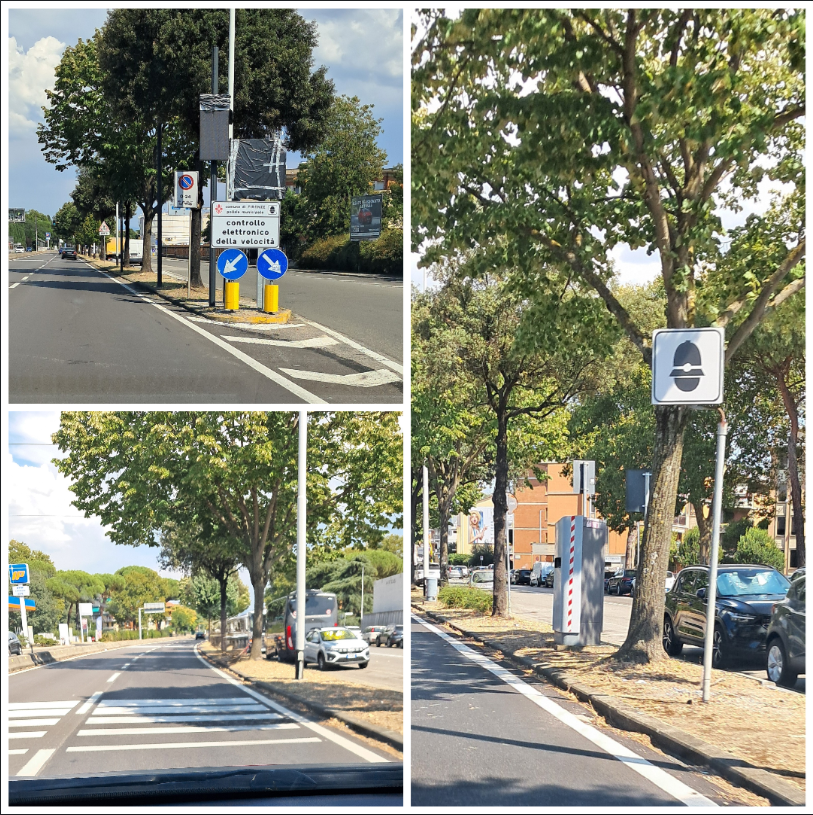
Speed camera exiting Florence from our office
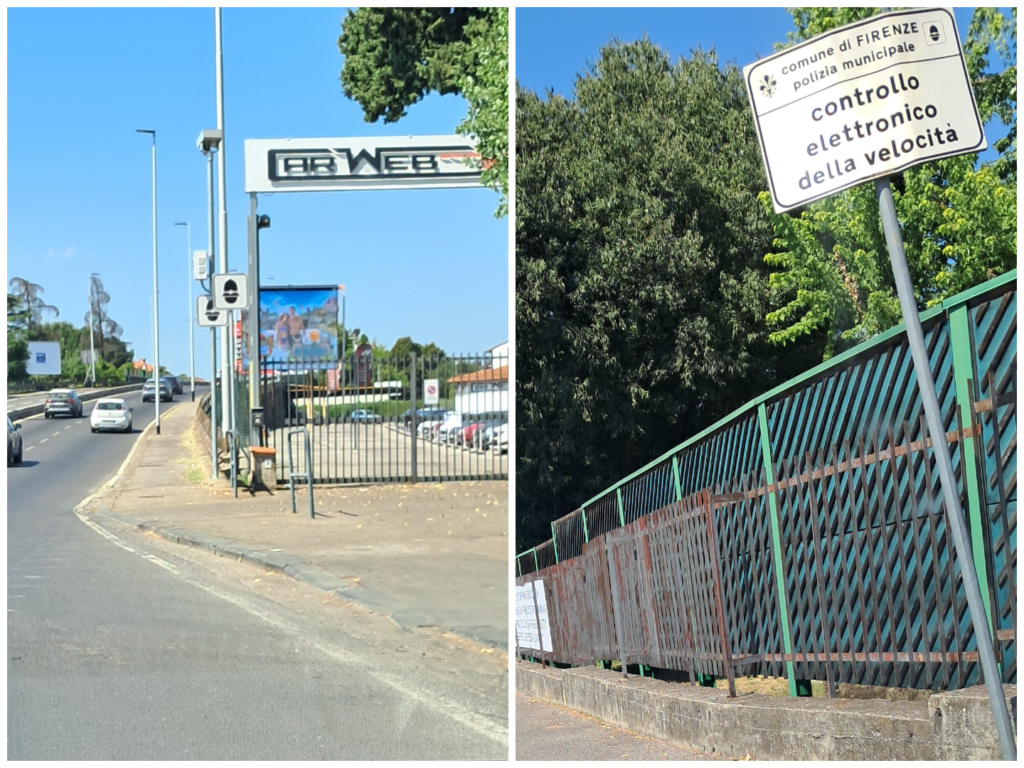
Important Reminder:
before a speed camera of any type there is always a warning sign with the words
“controllo elettronico della velocità”
Final Thoughts
Understanding the different types of speed cameras in Italy is essential for both locals and tourists. These systems are not just about penalizing drivers but are designed to improve road safety and reduce accidents. By adhering to speed limits and driving responsibly, you can enjoy Italy’s beautiful roads without the risk of fines or accidents. Safe driving!
